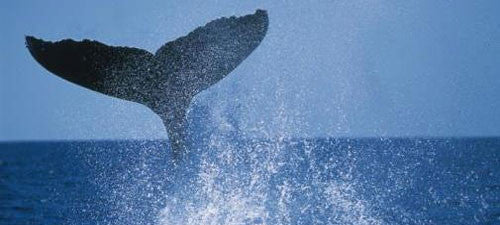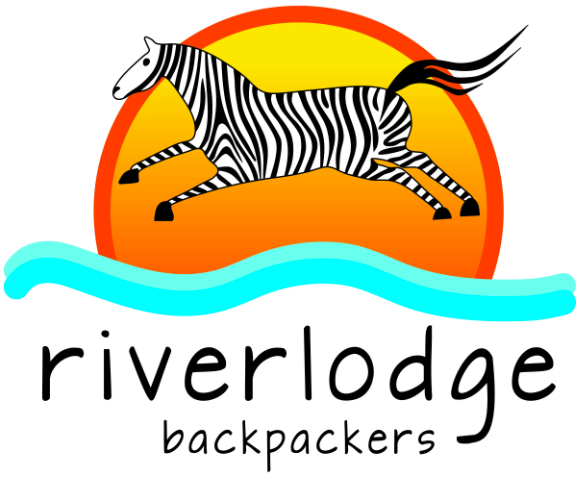
Our Famous False Bay Visitors
By Saskia Carelse
If you happen to find yourself driving through Kalk Bay between the months of June to November, do yourself a favour and drive along Boyes Drive (the scenic road along the mountain above Kalk Bay) instead of the main road. What happens here between those months is something you need to witness.
If you drive along Boyes Drive during this time, you are highly likely to see people pulled over on the side of the road, standing out on the pavement and staring at the bay. Under normal circumstances I would discourage 'sheep mentality', but if you see this happening, COPY THEM!
But why are people doing this, you ask? Well, besides for the obvious fact that the view across False Bay is absolutely breath-taking, this time of the year is whale season! And it just so happens that False Bay provides ideal calving conditions, making the bay a hot spot for whales. You can witness these majestic beasts frolicking, mating, rearing their young calves aaand.. having a whale of a time (sorry, I had to)!
Another good spot to look out for the whales is from the Kalk Bay Harbour Wall. The whales often come right up close so that you can get a good view of them in all their glory! The different types of whales that can be spotted include Bryde's Whale, the Humpback Whale, the Killer Whale, and the most common of them all, the Southern Right Whale.
Although False Bay is considered whale paradise now, it was not always such a pleasant place for them to be. The unfortunate history of False Bay's whales goes back to the 1800s when people used to hunt and exploit the whales into endangerment.
In the early 1800s, whaling was a way of life for many in the Cape and was the third-highest income-earning industry, behind agriculture and wine-making. They consumed the whale meat, used the blubber to make candles, soap and oils, and the bones were used to make furniture, corsets and as a replacement for wood.
Whaling was extremely dangerous in those days. The men operated from small, narrow rowing boats, made from pine and built lightly for maneuverability and speed. They carried a crew of six – the harpooner, the helmsman and three or four oarsmen. The harpoon was attached to the boat by a rope and often the boats would be dragged over long distances by the harpooned whale. Once the whale was killed it had to be left in the bay, as the boats were too small to drag the carcass back to the whaling station. The crew noted the bearings and then returned to inform the heavier fishing vessels where to retrieve the carcass.
The first whaling station was established in Simon’s Town, however, the Navy complained of the smell of the boiling blubber. The whaling station was then moved to the less populated area of Kalk Bay, but as Kalk Bay grew, especially after the arrival of the railway in 1883, so again did the complaints about the stench of the decomposing carcasses. By 1902, whaling at Kalk Bay and St James ceased, and the whale carcasses were then dragged ashore along Muizenberg beach where no residents could be offended.
Between 1790 and 1825 it is estimated that over 12 000 Southern Right whales were killed by whalers of the South African coast. They are now regarded an endangered species as their numbers have drastically reduced in the last 200 years with about 1500 only coming to southern Africa now. The reason why the Southern Rights were so targeted, was because they have an abundance of baleen (bones) and oil, they move slowly enough through the water for the rowing boats to approach, and their carcasses floated, making it easy for them to be retrieved. In fact, this species was name the Southern Right due to the fact that they were considered the 'right whale to catch'!
Southern Rights can be spotted in the bay between June - November, with their peak calving season being July - August. Keep a look out for these magnificent mammals!

Southern Right Whale
Another species of whale that was terribly affected by the False Bay whaling was the Humpback Whale. They are often found close to the coast line, making them easy targets in addition to the slow speed at which they move through the water. It is estimated that there are only about 10 000 to 15 000 Humpback whales throughout the entire world! Luckily in 1963 they received full protection and their numbers seem to be increasing.
Humpback Whales can be seen between May to December.

Humpback Whale
One of the 'lucky' whales were the Bryde's Whales, as they were not as exploited by the whalers as the others were, and their numbers have not been as seriously affected. However in the 1970s they did begin to become more popular amongst the whalers when the other species of whales were less scarce due to over-whaling.
You can spot the Bryde's whales throughout the year.

Bryde's Whale
Lastly, we have the mobsters of the oceans, the Killer Whales, otherwise known as Orcas. Technically, they are a species of dolphin but most people relate to them as whales due to their size and appearance. Records on whaling of the Killers Whales are not detailed, but it is known that they were not as commonly hunted, perhaps due to their speed and agility making them less vulnerable. Killer Whales can be spotted throughout the year, but are a little more scarce than the other whales.

Killer Whale
In 1927 there was a great decline in the whale populations and eventually in 1980 the whales became protected in South Africa. The legislation stated that from then onward it was illegal to shoot at or harass the whales, or come into closer proximity than 300 metres with them. The populations have since increased, along with peoples' respect and appreciation for them. Whale watching has replaced the activity of whaling, and people travel from far and wide to witness these magnificent mammals happy in their natural environment.
Hermanus, just outside of Cape Town is famous for whale watching and they are even host to the annual whale festival! Kalk Bay is not as publicised in regards to the whales, but is still a perfect and eventful whale-watching spot.
Written by Saskia Carelse
Photos sourced from Google Images
If you enjoyed this article and want to read more about the exciting things we get up to in Cape Town, follow us on Twitter and like our Facebook page. If you'd love to have your own Cape Town experience, contact us at Riverlodge Backpackers to book accommodation, or book online.

